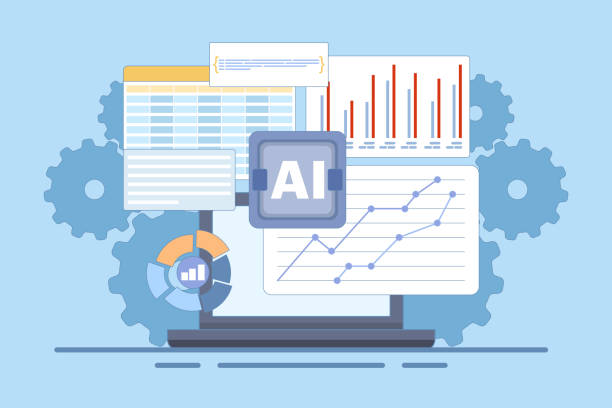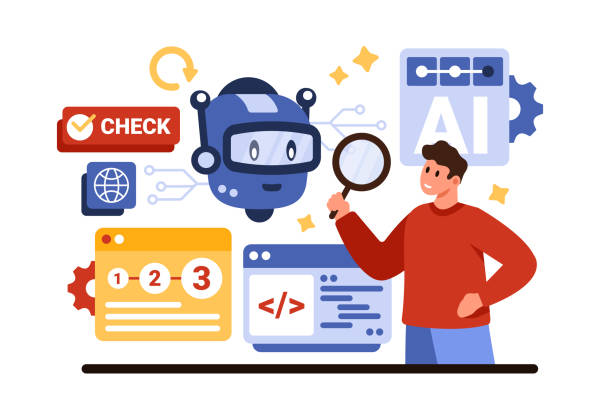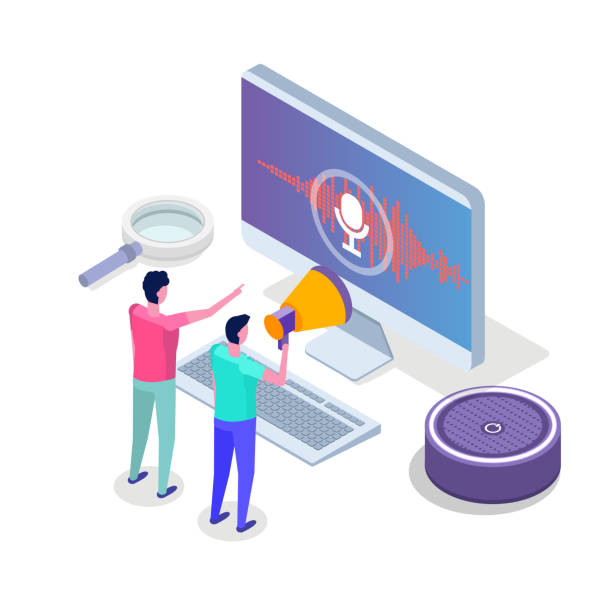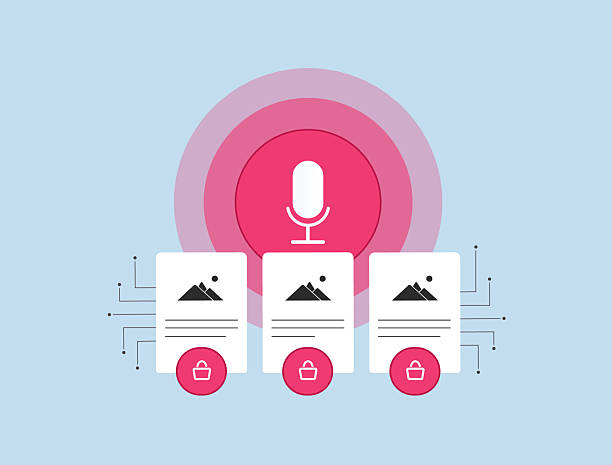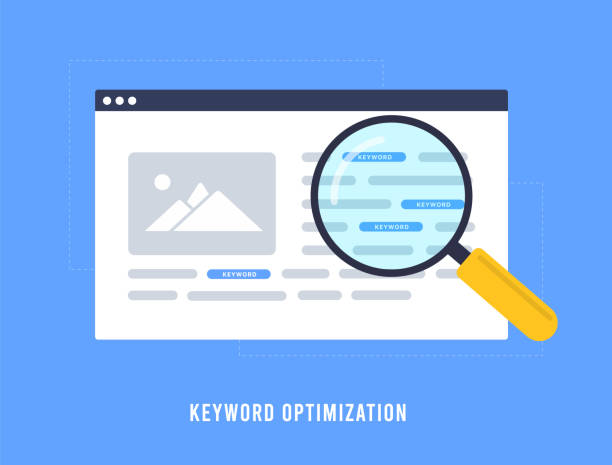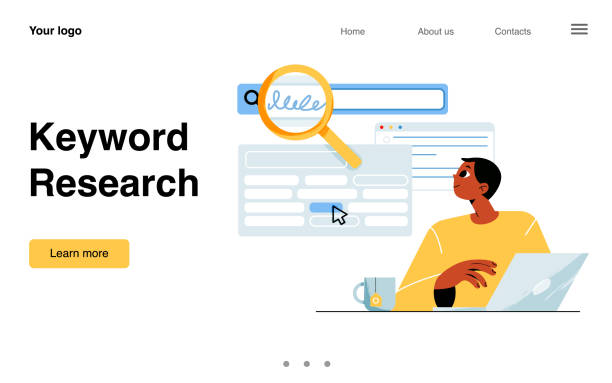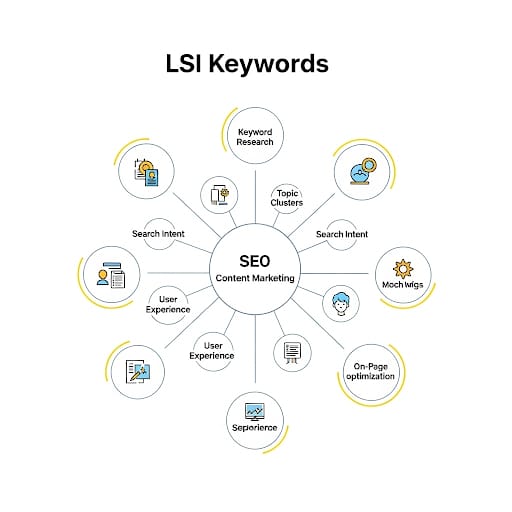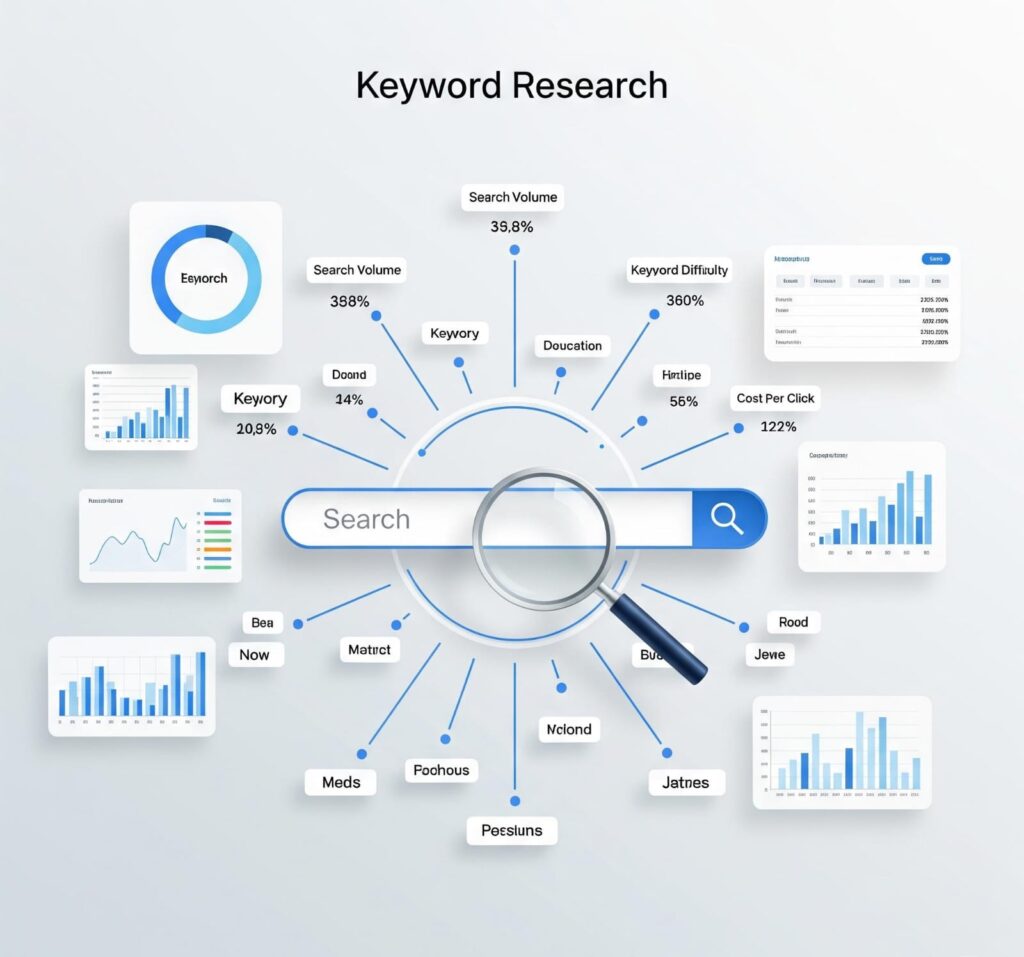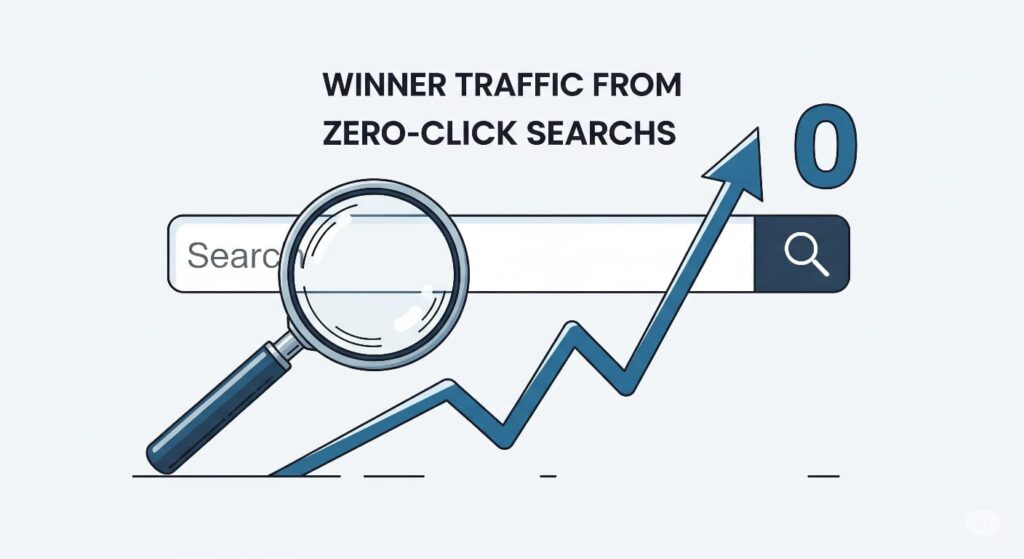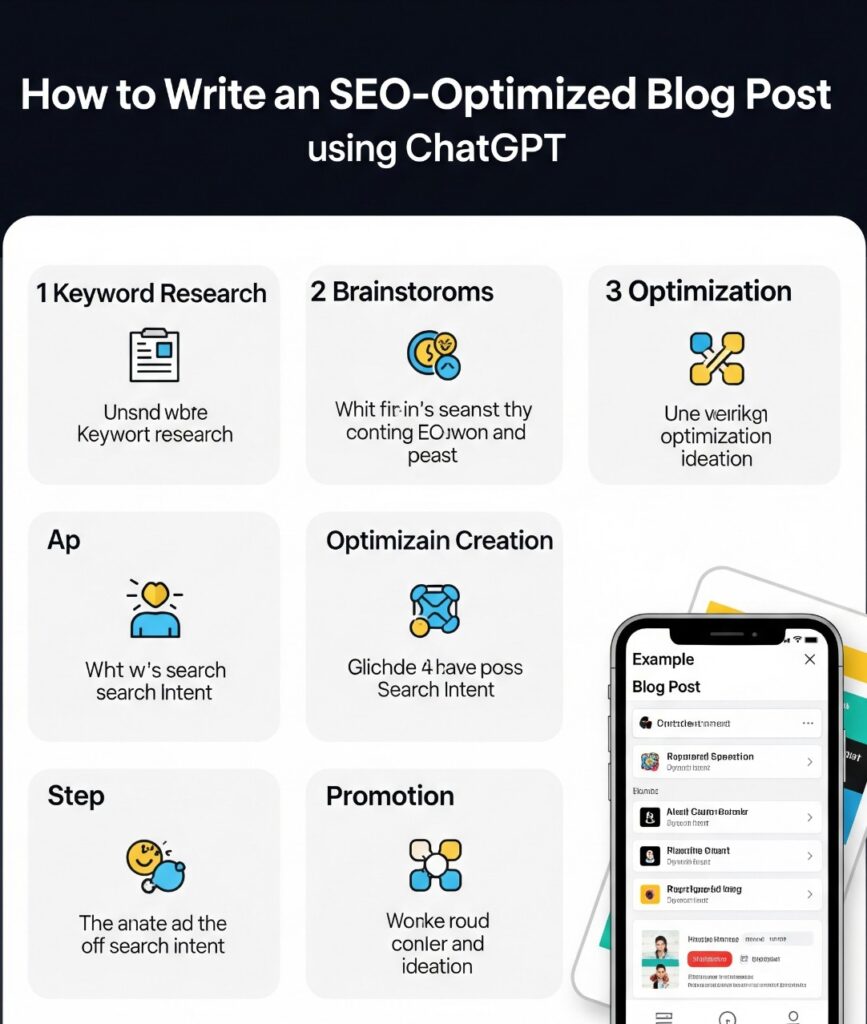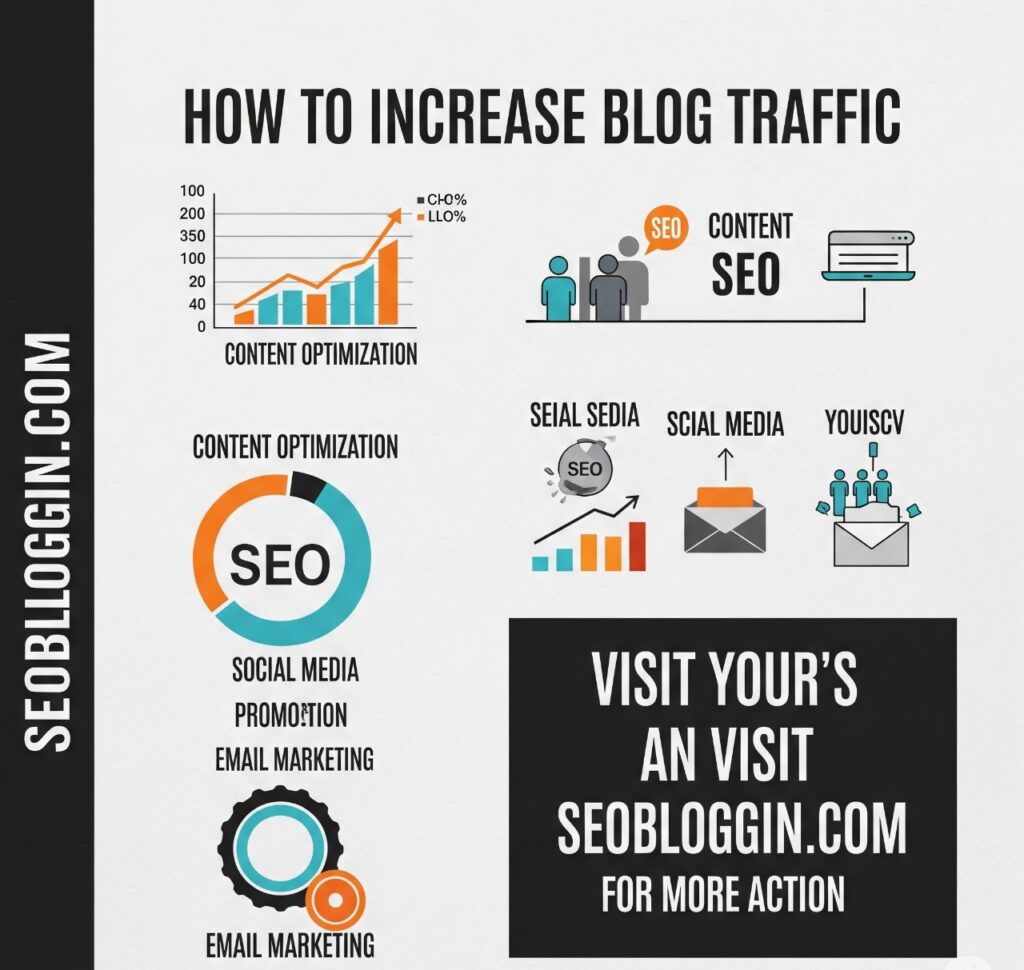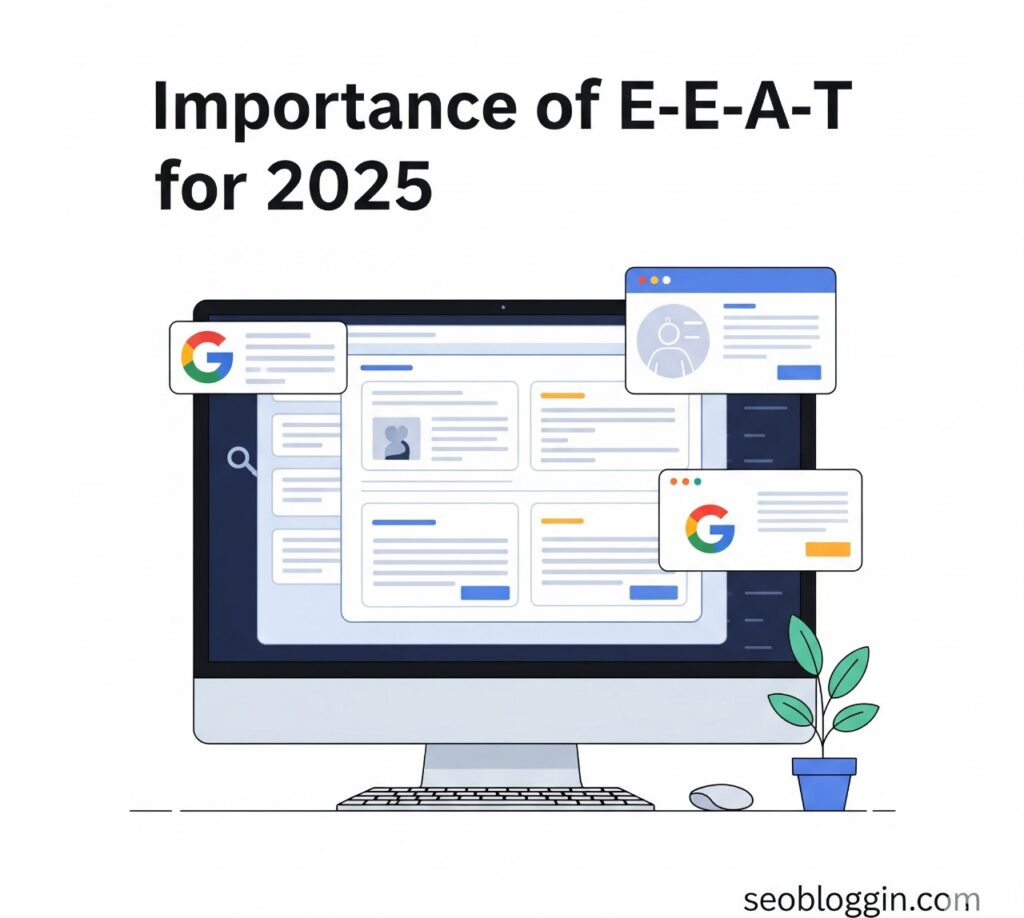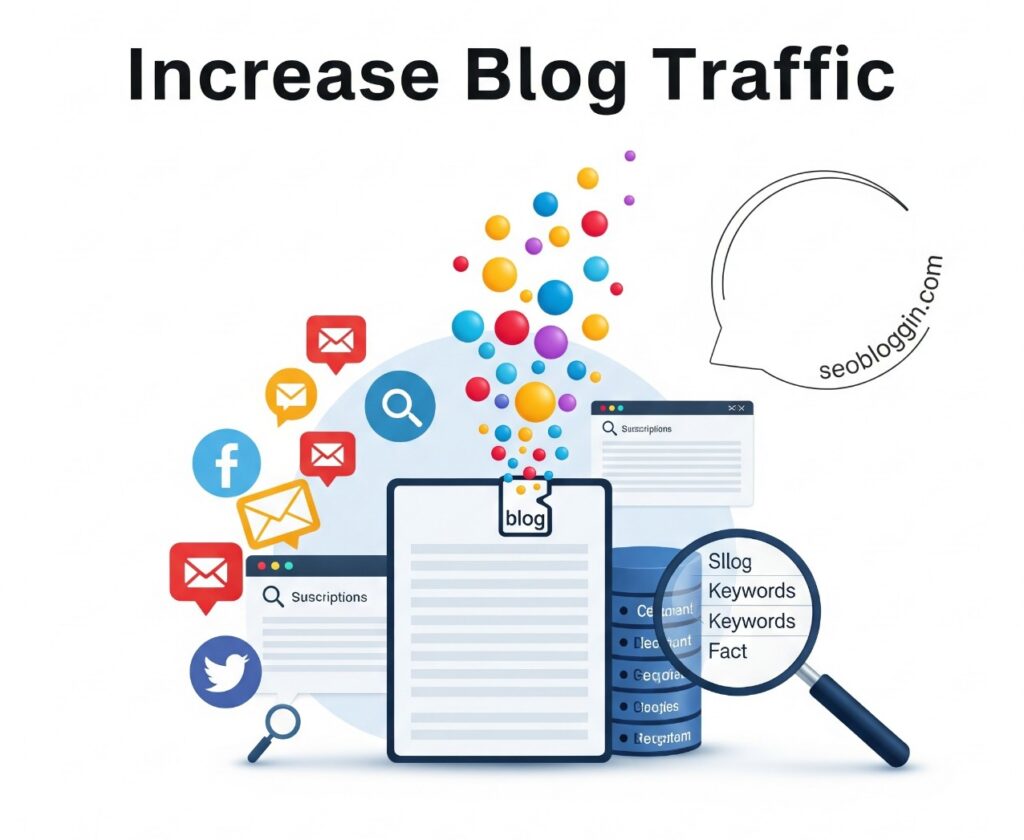Table of Contents
Want to get higher rankings on Google SEO Tools in 2025 without spending money? You’re in the right place. Google offers a range of powerful, free tools to help you grow your website’s traffic and improve SEO performance. These tools are essential for bloggers, digital marketers, beginners, and content creators who want real results without a big budget.
In this article, we’ll explore the top Google tools for SEO 2025, explain how they work, and guide you on how to use them effectively.
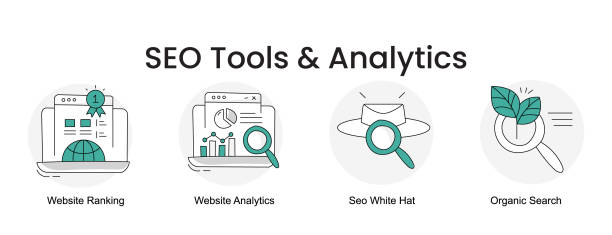
Free Google Tools for SEO Analysis
Understanding your website’s performance is the first step toward better SEO. The following free Google tools for SEO analysis give you valuable insights:
1. Google Search Console
Google Search Console gives you complete insights into your website’s performance on Google. It reveals which keywords drive traffic, tracks clicks and impressions, and notifies you about any crawling or indexing issues. You can also submit your sitemap and check how well your site performs on mobile devices.
Tip: Use the performance tab to find which keywords are bringing traffic and optimize those pages.
2. Google Analytics 4 (GA4)
Google Analytics provides in-depth reports on your audience, traffic sources, user behavior, and conversions. GA4 is the latest version, designed for better integration with other tools and event-based tracking.
Tip: Set up goals to track conversions like form submissions or sales.
3. PageSpeed Insights
Site speed is a major Google ranking factor. This tool analyzes your website’s speed on mobile and desktop and gives suggestions to improve load time.
Tip: Aim for a score of 90+ for a better user experience and SEO. AI tools like ChatGPT can do more than just write content—they can actually help boost your blog’s search rankings when used the right way. Want to know how? Don’t miss our detailed guide on 7 Proven ChatGPT SEO Tricks for Blogging: Rank Your Posts Higher, Faster! to start getting better results today.

Top Google Tools for SEO in 2025
As search algorithms continue to evolve, keeping up with powerful SEO tools is essential. Below are the top Google tools you should be using for SEO success in 2025:
1. Google Keyword Planner
This tool helps you find keyword ideas and see their monthly search volume, competition, and trends. It’s perfect for blog planning and content targeting.
Tip: Focus on finding keywords that have a high search volume but face minimal competition.
2. Google Trends
Google Trends shows what topics are currently popular. You can compare keyword trends, see seasonal spikes, and generate content ideas that people are actively searching for.
Tip: Use it to plan timely blog posts or YouTube content.
3. Mobile-Friendly Test
Google prioritizes mobile-first indexing. This tool checks whether your site works well on mobile devices.
Tip: A mobile-optimized site reduces bounce rate and boosts rankings.
SEO Tools by Google for Beginners
If you’re new to SEO, don’t worry—Google provides tools that are easy to use and very effective for beginners:
1. Google Business Profile
Great for local SEO, this tool helps you manage how your business appears in Search and Maps. Add your hours, photos, location, and respond to reviews.
Tip: Keep your profile updated for better local search visibility.
2. Google Tag Manager
A user-friendly platform to manage website tracking codes like Google Analytics or Facebook Pixel—without needing to edit code.
Tip: Use it to deploy tags quickly and track events like button clicks or form submissions.
3. Google Docs with Grammarly Extension
Though not a direct SEO tool, it helps you write clear, optimized content. With Grammarly, you can catch grammar issues and improve readability.
Tip: Draft your content in Google Docs first, then enhance it using SEO tools before hitting publish.
If you’re struggling to find the right keywords for your blog or business, using AI tools can save you time and boost accuracy. In fact, some of the most powerful keyword research tools are now AI-powered and absolutely free. To discover the top options available this year, check out our guide on the Top 10 Powerful & Free AI Keyword Research Tools.

How to Improve SEO Using Google Tools
Using these tools in combination can significantly enhance your SEO strategy. Here’s how you can leverage Google tools to improve your website’s search performance:
- Use Keyword Planner to find target keywords.
- Create content based on Google Trends to match what people are searching.
- Keep track of your website’s performance using Google Search Console and promptly fix any issues it identifies.
- Monitor traffic and behavior using Google Analytics.
- Use PageSpeed Insights to enhance your website’s loading speed and overall user experience.
- Ensure mobile responsiveness with the Mobile-Friendly Test.
Tip: Make using these tools a weekly habit to stay ahead in SEO.
Google SEO Tools for Content Creators
If you’re a blogger, YouTuber, or content marketer, these Google SEO tools for content creators can help:
1. Google Trends
Track trending content topics. This helps you stay relevant and create timely posts that attract traffic.
Tip: Apply regional filters to better reach and engage your local audience.
2. YouTube Studio + Analytics
For video content creators, YouTube’s analytics help you see how viewers engage with your videos. You can check watch time, click-through rate, and audience retention.
Tip: Use SEO-optimized titles, descriptions, and tags for better reach.
3. Google Images + Google Lens
These tools help you understand how visual content ranks. Adding alt text and using proper file names boosts SEO.
Tip: Use descriptive image file names and optimize alt text with keywords.

Looking to drive more traffic through visual content? Google Web Stories can be a game-changer—if created strategically. Learn the Powerful Ways to Make Google Web Stories That Rank in Discover and start getting noticed by a wider audience.
Conclusion
You don’t need to spend big to win at SEO. With the top free Google SEO tools of 2025, you can boost your rankings, refine your content, and attract real traffic—all at zero cost. Whether you’re just starting out, blogging for passion, or creating content professionally, these tools put powerful SEO capabilities right at your fingertips—without costing you a single rupee.
Start using them today and watch your site climb the search rankings!
❓ Frequently Asked Questions (FAQs)
Q1: Which Google SEO tool is best for keyword research?
A: When it comes to keyword research, Google Keyword Planner stands out as the top free tool. It enables you to discover keywords with high search volume and low competition, comprehend search trends, and create SEO-friendly content with ease. Whether you’re just starting out or already experienced, this tool simplifies the keyword research process and helps you target the right audience.
Q2: Are Google SEO tools really 100% free to use?
A: Yes! Every tool mentioned in our list of free SEO tools for 2025 is completely free. From Google Search Console to PageSpeed Insights and Google Trends, you get pro-level SEO features without paying a single rupee. Beginner for bloggers, good content creators, and small Local businesses!
Q3: Can beginners use Google SEO tools without technical knowledge?
A: Definitely. Many of these SEO tools by Google for beginners are designed with user-friendliness in mind. Tools like Google Trends, Google Business Profile, and Search Console are super easy to set up and use—even if you’ve never done SEO before.
Q4: Do I need to use every Google SEO tool to get results?
A: Not at all. To get started, just focus on 3–4 essential tools like Google Keyword Planner, Search Console, and Google Analytics. As you grow more confident, you can explore others like Google Tag Manager or PageSpeed Insights to further improve SEO using Google tools.



